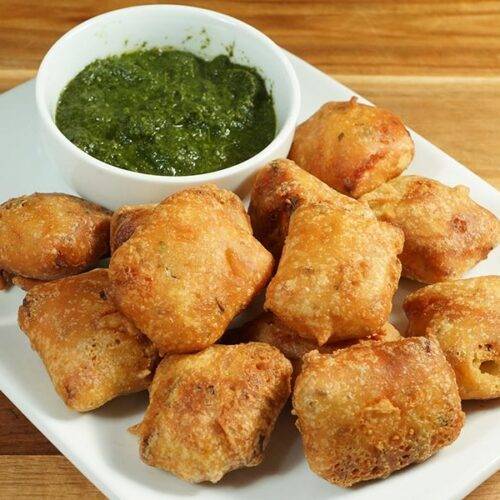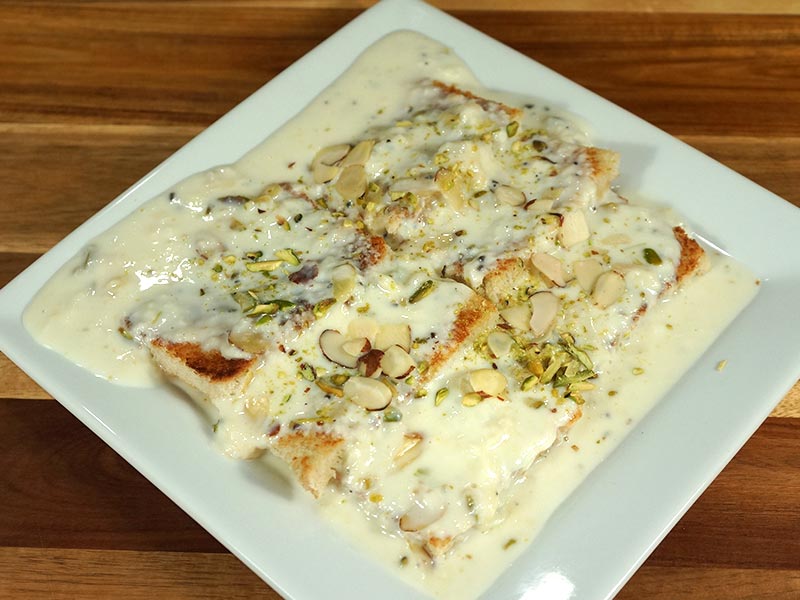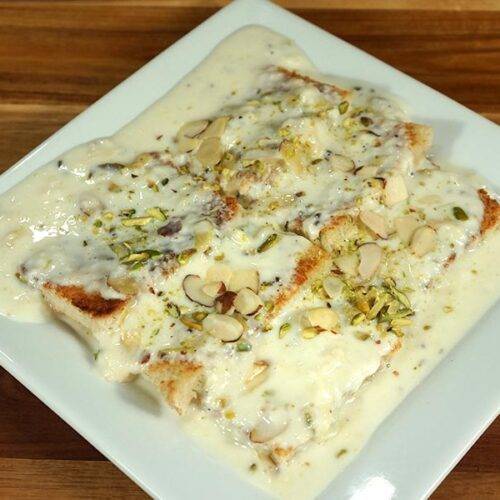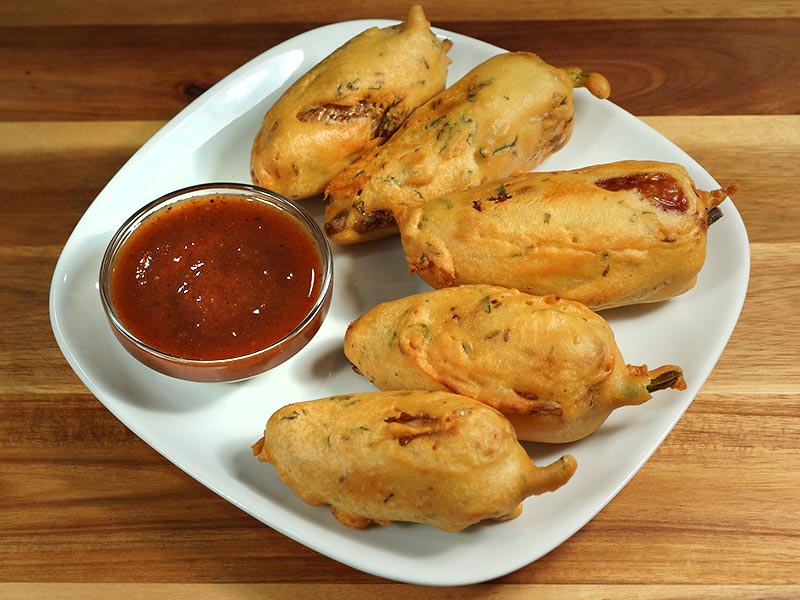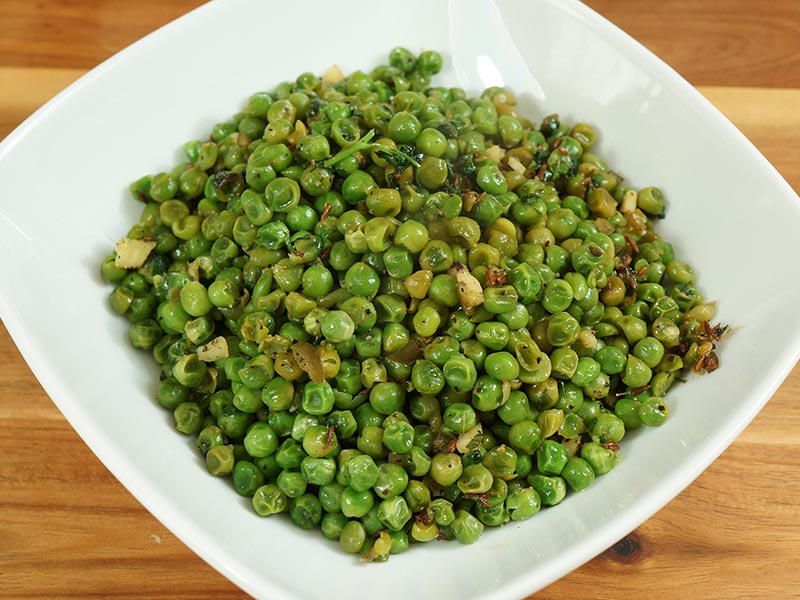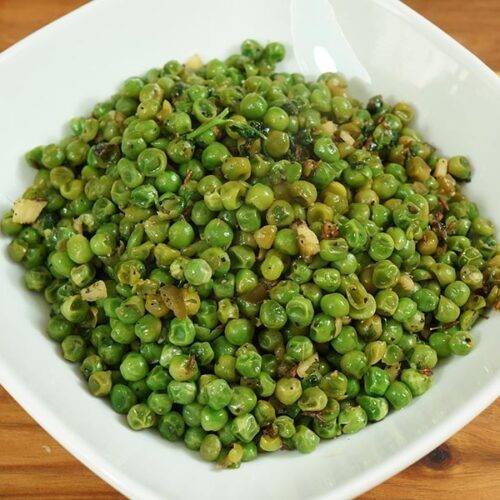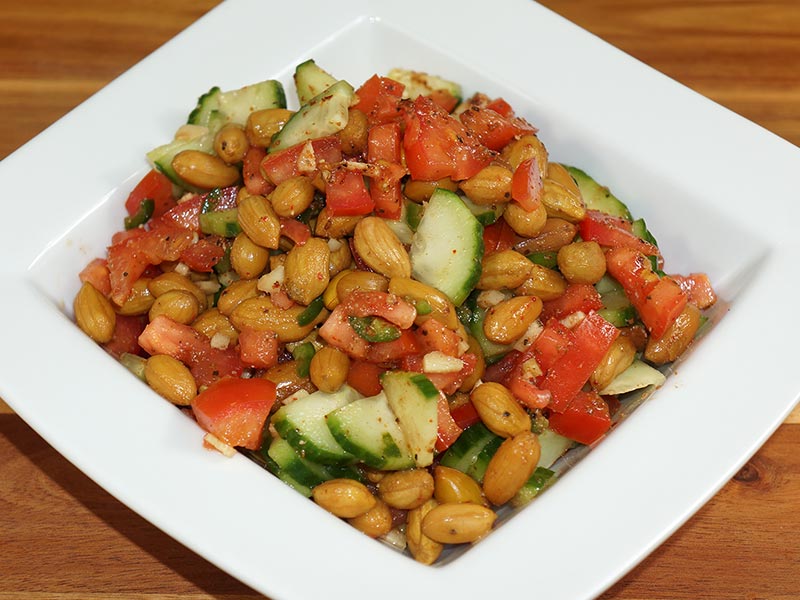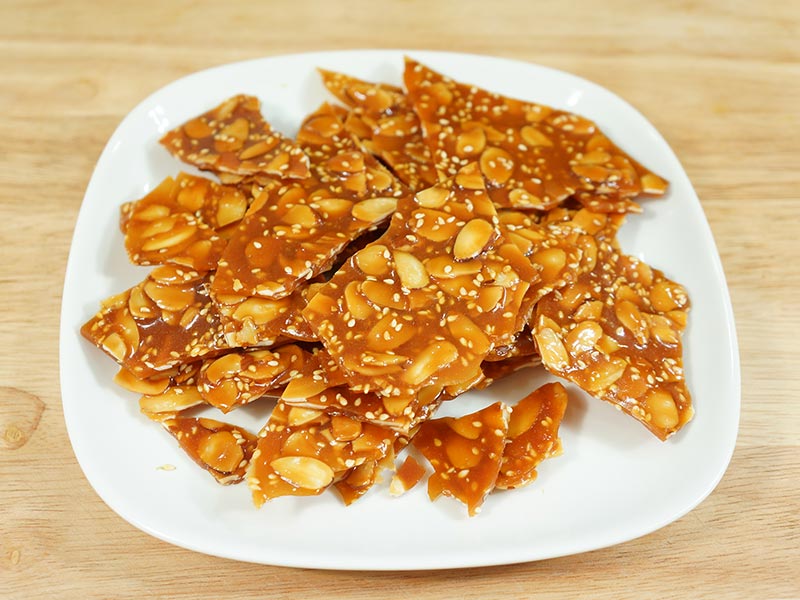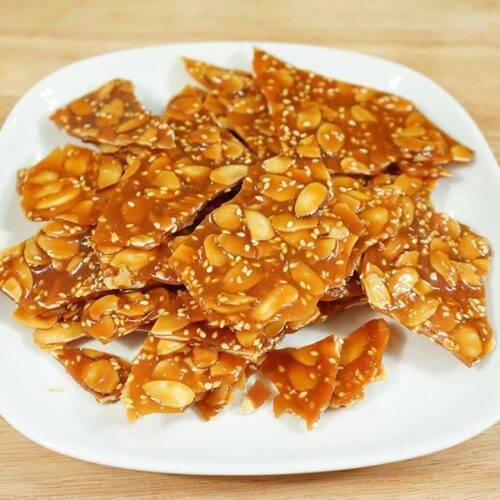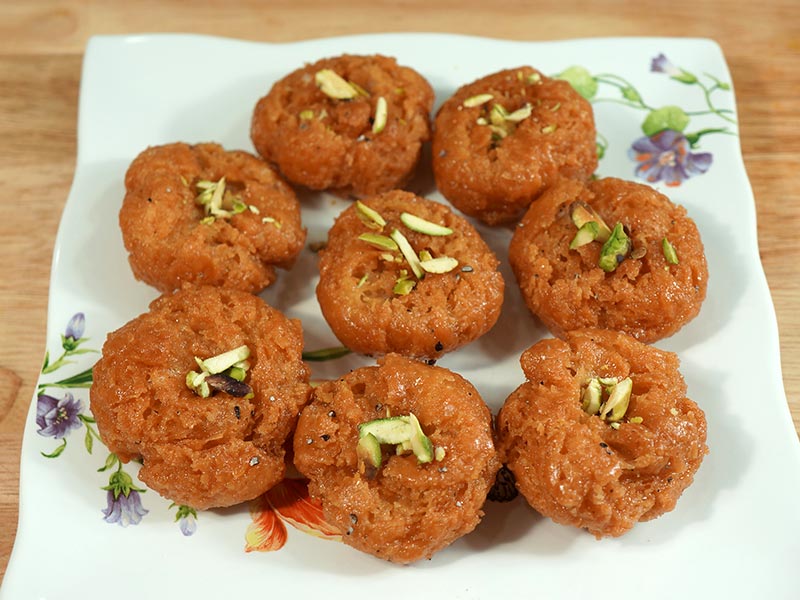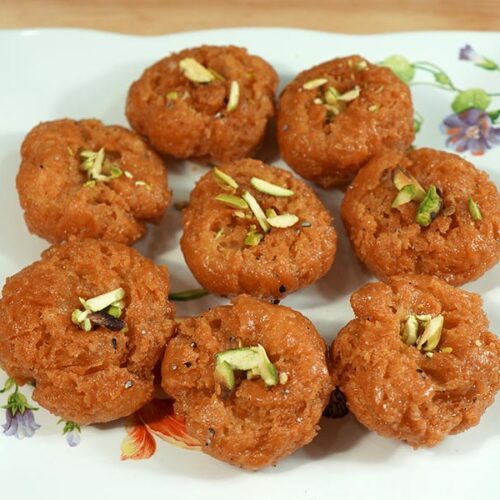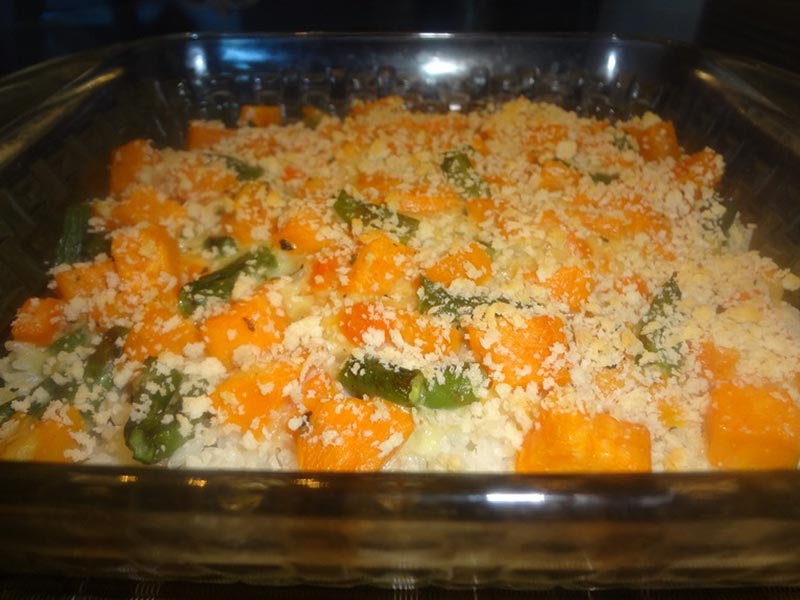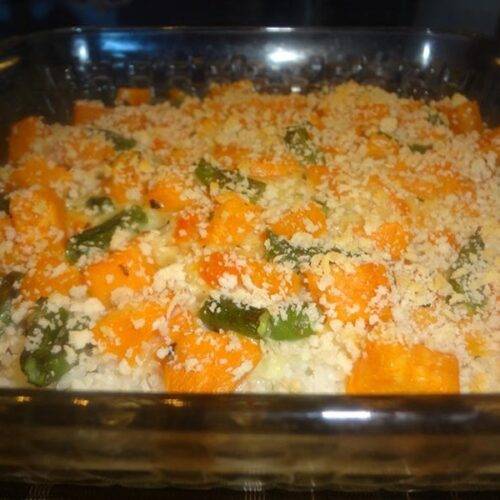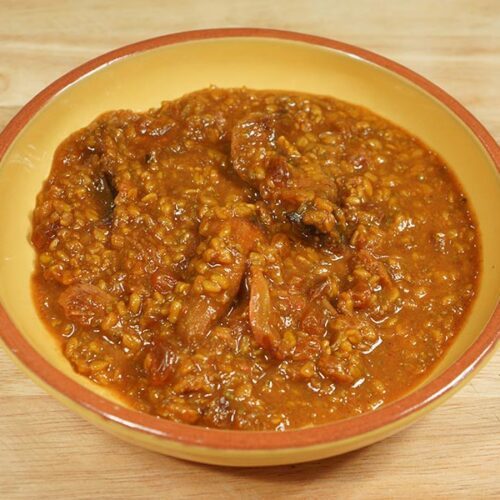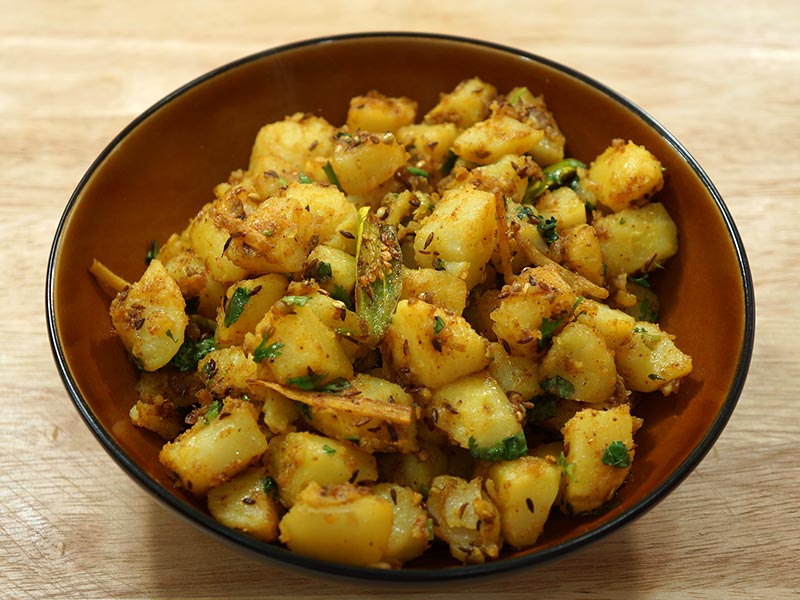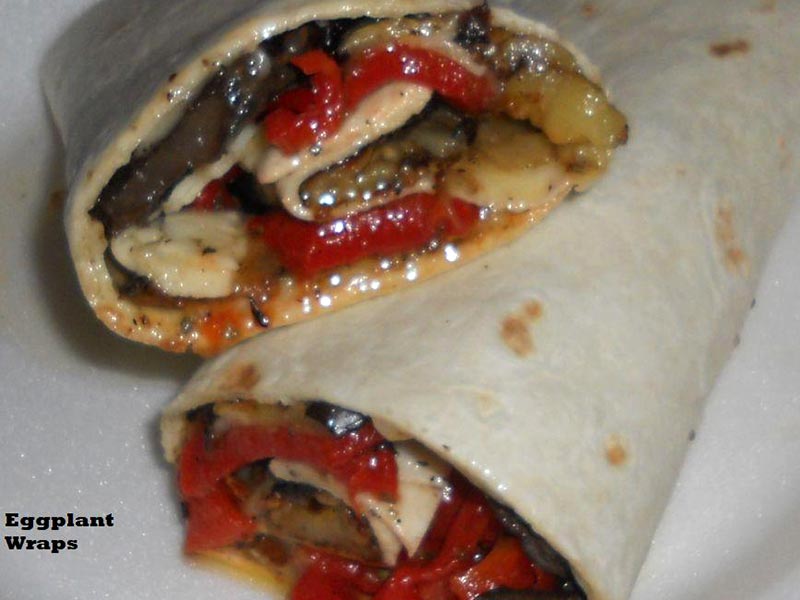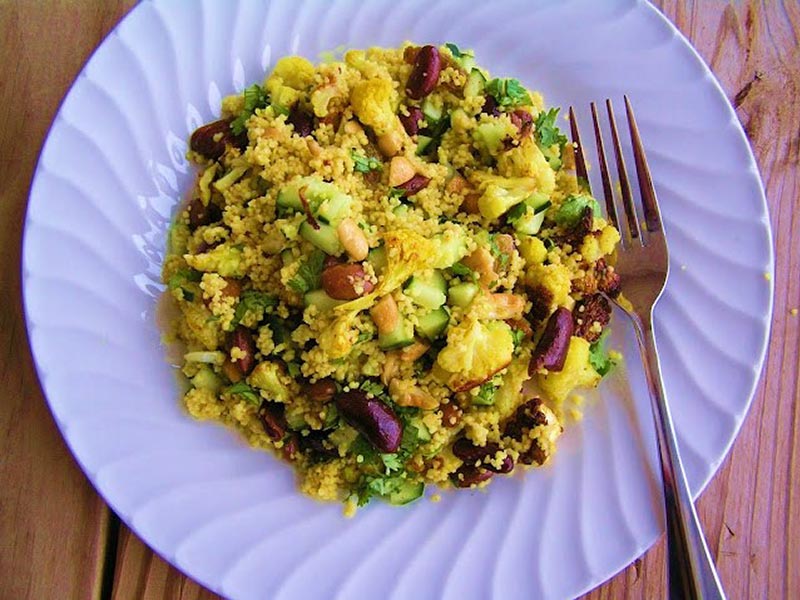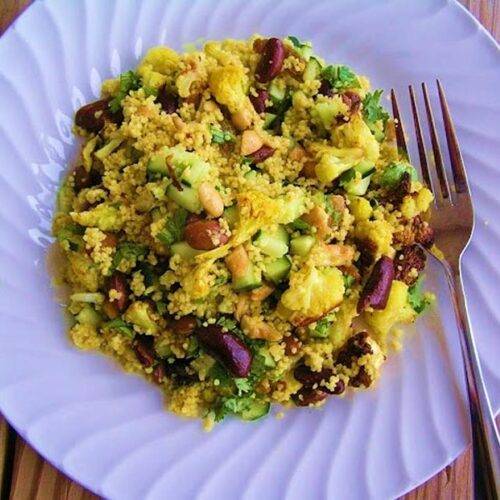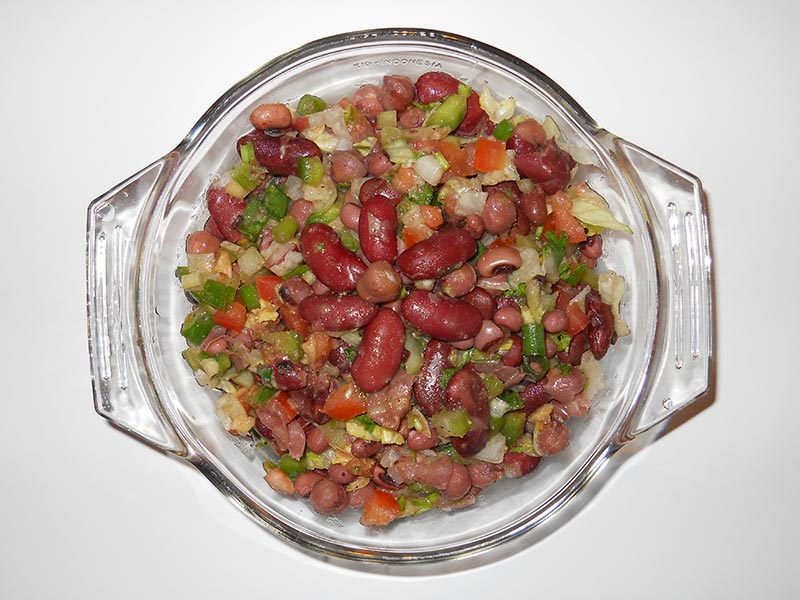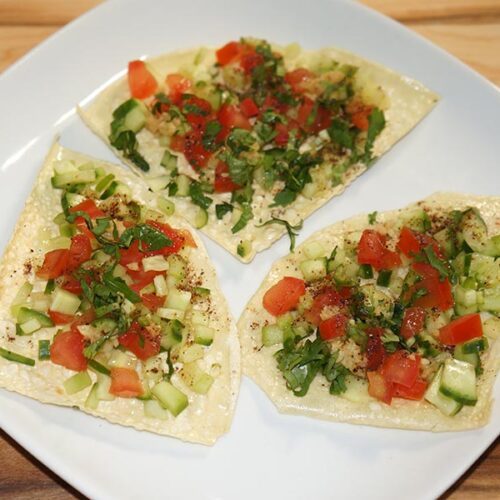Paneer Pakora Recipe
Ingredients
- 4 oz paneer thinly sliced in about 1" squares this will make about 14-16 slices
- 2 tablespoons yogurt
- 4 tablespoons cornstarch or arrowroot
- 1 teaspoon ginger paste
- 1 green chili minced
- 1/2 teaspoon salt
- 1 tablespoon cilantro finely chopped (hara dhania)
For Batter
- 1/2 cup besan, gram flour
- 1/2 teaspoon cumin seeds
- 1/2 teaspoon salt adjust to taste
- 1/8 teaspoon baking soda
- Approx. 1/4 cup water
Notes
Paneer Pakora Recipe: How To Make Paneer Pakora
What is Paneer Pakoras: It’s a popular Indian snack made by coating cubes of paneer (Indian cottage cheese) in a spiced chickpea flour batter and deep-frying until golden and crispy.
These fritters are crispy on the outside and soft and creamy on the inside, making them a delightful treat for any occasion.
Benefits of Paneer Pakoras:
- Rich in Protein: Paneer is a rich source of protein, making Paneer Pakoras a satisfying and nutritious snack. Protein is essential for muscle repair and growth, making these fritters a popular choice among vegetarians.
- Versatile Ingredients: Paneer Pakoras can be customized with a variety of spices and herbs to suit different tastes and preferences. From mild and aromatic spices like cumin and coriander to bold and fiery ones like chili powder and garam masala, the possibilities are endless.
- Quick and Easy to Make: Paneer Pakoras come together quickly and easily with just a few simple ingredients. The batter can be prepared in minutes, and the paneer cubes are coated and fried until crispy and golden. They make a perfect snack for unexpected guests or impromptu gatherings.
Variations of Pakoras:
- Vegetable Pakoras: Pakoras are an all-time favorite snack in India. They are perfect for a rainy day, and delicious paired with a cup of hot spicy Indian chai. Pakoras are made with a variety of vegetables dipped in a spicy besan (gram flour) batter and deep-fried.
- Bread Pakoras: Spicy Bread Pakoras are great as an appetizer, finger food for any gathering, and a tasty compliment for your afternoon tea.
- Crispy Spinach Pakoras: Spinach pakoras are delicious as a snack. Spinach pakoras can be served many different ways and they always taste great.
- Gobi Pakoras: Turn Paneer Pakoras into a mouthwatering chaat (Indian street food snack) by topping them with tangy tamarind chutney, creamy yogurt and fresh cilantro. Paneer Pakora Chaat is a burst of flavors and textures that will tantalize your taste buds.
Tips for How to cook Paneer Pakora:
- Use Fresh Paneer: Start with fresh and firm paneer for the best results. Homemade paneer or high-quality store-bought paneer works well for Paneer Pakoras. Cut the paneer into bite-sized cubes or rectangles for easy frying.
- Make a Smooth Batter: Prepare a smooth and lump-free batter by mixing chickpea flour (besan), rice flour (optional), spices, salt, and water until smooth. The batter should have a thick but pourable consistency that coats the back of a spoon.
- Drain Excess Oil: After frying, drain the Paneer Pakoras on a paper towel-lined plate to remove excess oil. This helps to keep the pakoras crispy and prevents them from becoming greasy.
FAQs about Paneer Pakoras:
Can I make Paneer Pakoras ahead of time?
While Paneer Pakoras are best enjoyed fresh and hot, you can prepare them ahead of time and reheat them in a preheated oven until crisp and warmed through. Store any leftovers in an airtight container in the refrigerator for up to 2-3 days.
What can I serve with Paneer Pakoras?
Paneer Pakoras are typically served with green chutney, tamarind chutney, or ketchup for dipping. They can also be enjoyed with a side of sliced lemon wedges, or a fresh salad for added flavor and crunch.
Are Paneer Pakoras gluten-free?
Yes, Paneer Pakoras are naturally gluten-free as they are made with chickpea flour (besan) instead of wheat flour. However, be sure to check the labels of any pre-packaged ingredients for potential cross-contamination with gluten.
Can I freeze Paneer Pakoras?
While Paneer Pakoras can be frozen, their texture may change slightly upon thawing. Freeze the cooked pakoras in a single layer on a baking sheet until firm, then transfer them to a freezer-safe bag or container for up to 1-2 months. Reheat them in a preheated oven until crisp and heated through before serving.
Paneer Pakoras are a delightful and irresistible snack that’s perfect for any occasion. Whether enjoyed as an appetizer, a tea-time treat, or part of a festive spread, their crispy exterior and creamy interior are sure to satisfy your cravings.
With endless variations to explore and simple tips to follow, you can easily master the art of making perfect Paneer Pakoras at home and impress your family and friends with your culinary skills.
Stay tuned for our next exploration into the world of culinary delights!


